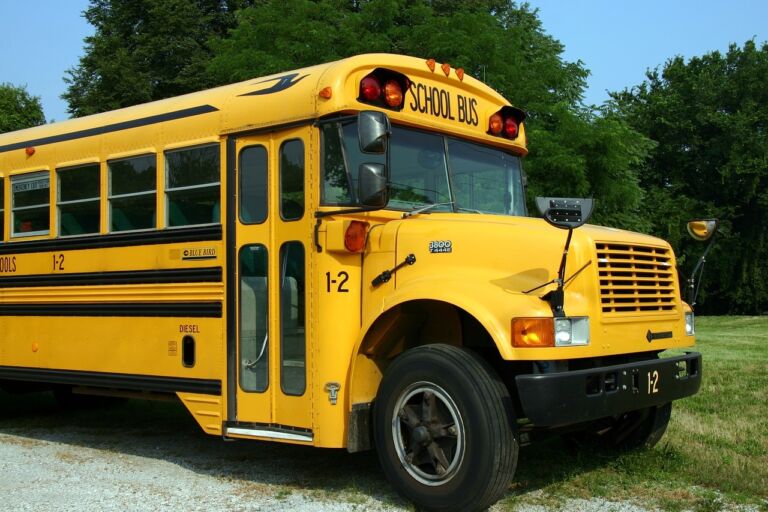Paul Kupiec and Ryan Nabil write at National Review Online about one solution to the problems plaguing the federal student loan problem.
Just as government-subsidized easy money fueled a real-estate bubble in the 1990s and 2000s, boosting house prices while promoting unwise borrowing and lending, today government-subsidized easy money is fueling an education bubble — boosting tuition rates and reducing students’ incentives to choose education options smartly.
The progressive approach for addressing the student-loan problem envisions the government subsidizing student-loan interest rates and refinancing all outstanding loans. But this “solution” will only encourage more student-loan debt. A true fix must recognize the glaring similarities between the subprime-mortgage crisis and the student-loan crisis. Like the brokers who caused the subprime-mortgage crisis, colleges push naïve students to take on debt regardless of their ability to repay, because colleges bear no cost when graduates default. A true solution requires a new financing system where colleges retain “skin in the game.”
College Board data suggests that between 1975 and 2015, the real value of outstanding student-loan debt grew at an annual compound rate of nearly 20 percent. At year-end 2015, according to the Federal Reserve, student-loan debt exceeded $1.3 trillion. The average 2015 graduate has borrowed $35,000 in student loans, not including educational loans taken out by his parents.


